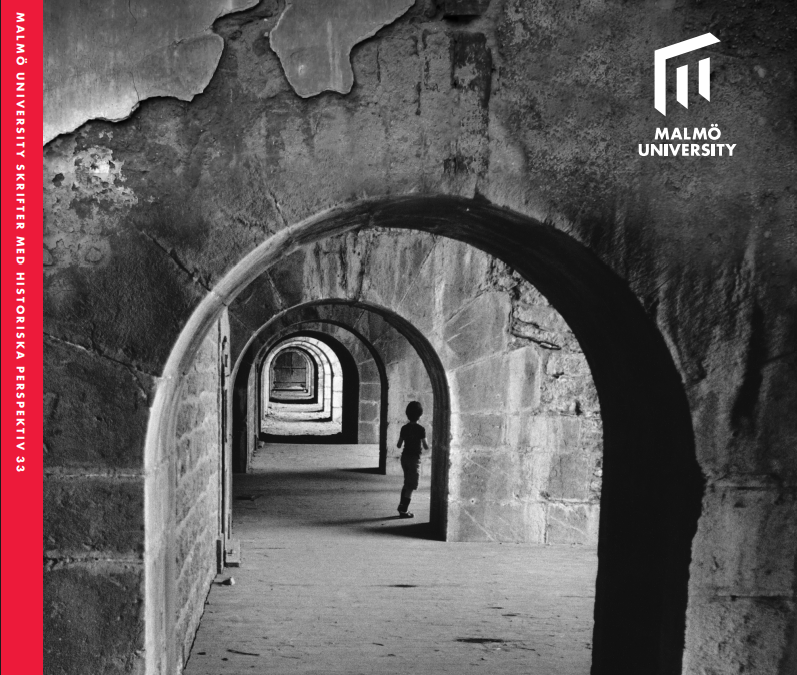Heritage—whether monuments, archives, artifacts, or traditions—shapes how societies see themselves. It passes down stories and values, often celebrating ideals like democracy or heroism while pushing painful histories, such as oppression or violence, into the margins. Yet heritage is never fixed. What once symbolized pride can later become a source of shame or protest, as with debates over statues of King Leopold II. Museums, archives, and public monuments all play key roles in shaping memory, but they can also spark conflict, showing how heritage constantly shifts with changing values and the voices of marginalized groups.
In Sweden, the digitization of public archives highlights another tension: balancing collective memory with personal privacy. What counted as sensitive data in 1927 differs greatly from today. Earlier secrecy laws tried to protect personal health, financial, and social information, while reforms since the 1960s pushed for more openness. But digitization makes old records easier to access, raising ethical dilemmas—what was once acceptable to keep private may now cause harm if revealed online.
Privacy laws have evolved from protecting individuals from stigma to giving people more control over their data, especially with digital technology. Recent legislation, including GDPR, emphasizes limiting data collection and prioritizing personal rights, while still allowing archives to serve as cultural heritage. The challenge remains: how to preserve openness and history without endangering individual dignity.
More, here

